Gregory Poole AM-215
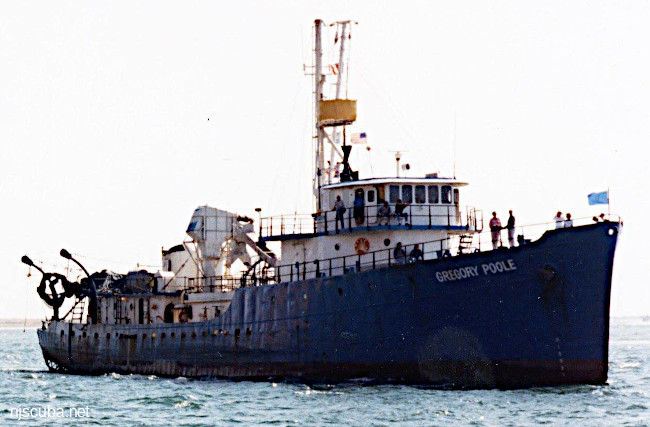
- Type:
- artificial reef, minesweeper, US Navy, later converted to purse seiner
- Built:
- 1944, Tampa Shipbuilding, Tampa FL USA as AM-215 Cruise
- Specs:
- ( 184 x 33 ft ) 650 tons
- Sunk:
- Monday, Dec 10, 2007 - DelJerseyLand Artificial Reef
- GPS:
- 38°30.910' -74°30.597'
- Depth:
- 120 ft
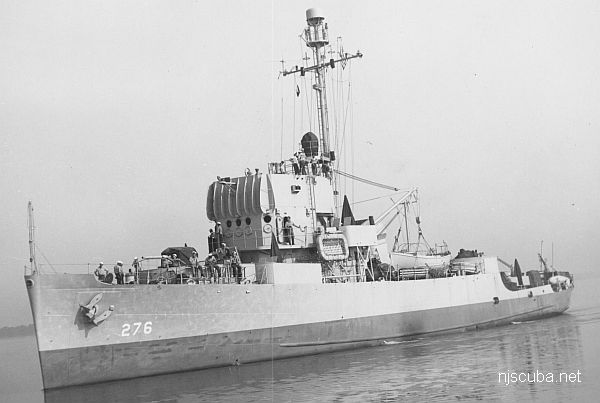
The Gregory Poole was built by the Tampa Shipbuilding Co. of Tampa, Fl. and launched March 1943 as an Admirable-class minesweeper by the Charleston Navy Yard of Charleston, S.C. Commissioned in September 1945 as the USS Cruise (AM-215), the vessel never saw action in World War II, as it was in route to Pearl Harbor when the war ended. The ship returned to Philadelphia and was decommissioned in September 1946. The vessel was sold to Beaufort Fisheries in Beaufort, N.C., renamed the Gregory Poole, and served as a menhaden harvesting ship from 1974-2005. During the 1990-91 fishing season, the Gregory Poole set a national single vessel catch record, landing almost 93 million menhaden. Beaufort Fisheries closed their business in 2005, and the ship was sold to Dominion Marine Group.
The Admirable-class was the largest and one of the most successful classes of minesweepers the United States Navy ordered during World War II. Typically, the minesweeper detected and removed naval mines before the rest of the fleet arrived, thereby ensuring safe passage for the larger ships. They were also charged with anti-submarine warfare (ASW) duties with rear-mounted depth charge racks and a forward-firing Hedgehog anti-submarine mortar. Their job was essential to the safety and success of U.S. naval operations during World War II and the Korean War. These minesweepers were also employed as patrol vessels and convoy escorts.
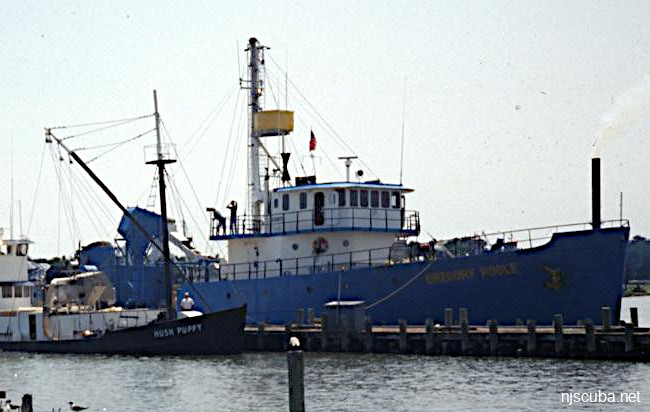
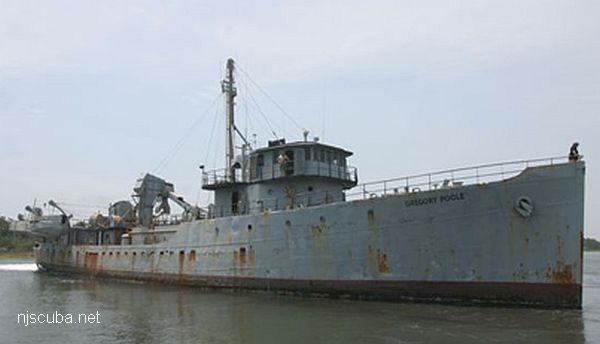
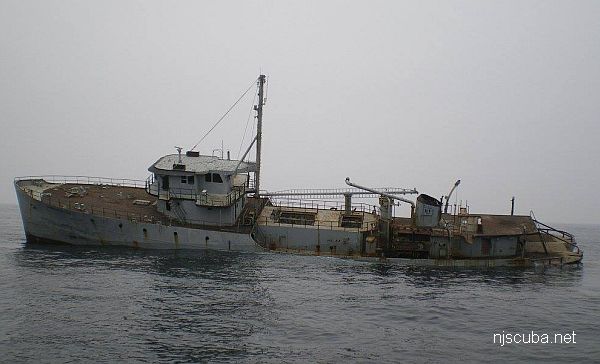
Prior to deployment to Delaware, the Gregory Poole was cleaned by Dominion Marine Group, Norfolk, Va., to remove all greases and buoyant materials that might be harmful to the marine environment. The U.S. Coast Guard inspected and approved the ship prior to transport to the reef site. The vessel was prepared for sinking by cutting holes above the waterline and installing soft patches in these holes. After the ship arrived and anchored at the site, the soft patches were removed and pumps were used to initiate flooding of the interior spaces. Water poured into the cut holes and accelerated the sinking process.
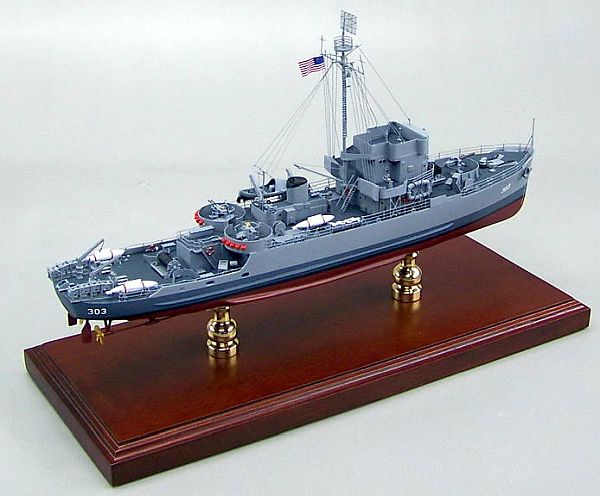
558835


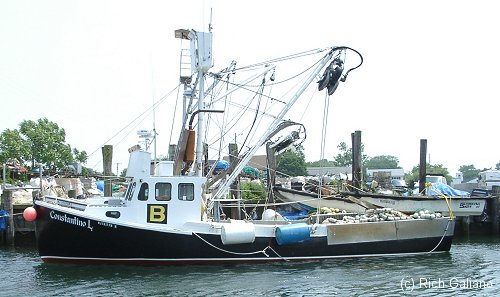
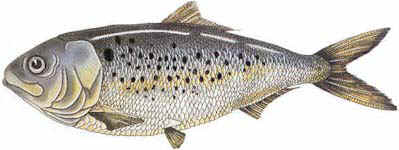
Leo Robbins:
November 14, 2024 at 6:23 pm
This is pretty cool and fitting in a way. Those boats fished right there in that location for fish a many a season.Now they rest there for fish to call home. I was Captain of the Shearwater, Dempster and Atlantic Mist..all were great boats and made us plenty of money over the years. I fished around the GP in the fall in NC. I know both her Captains and they were some of the Best fisherman in the business.